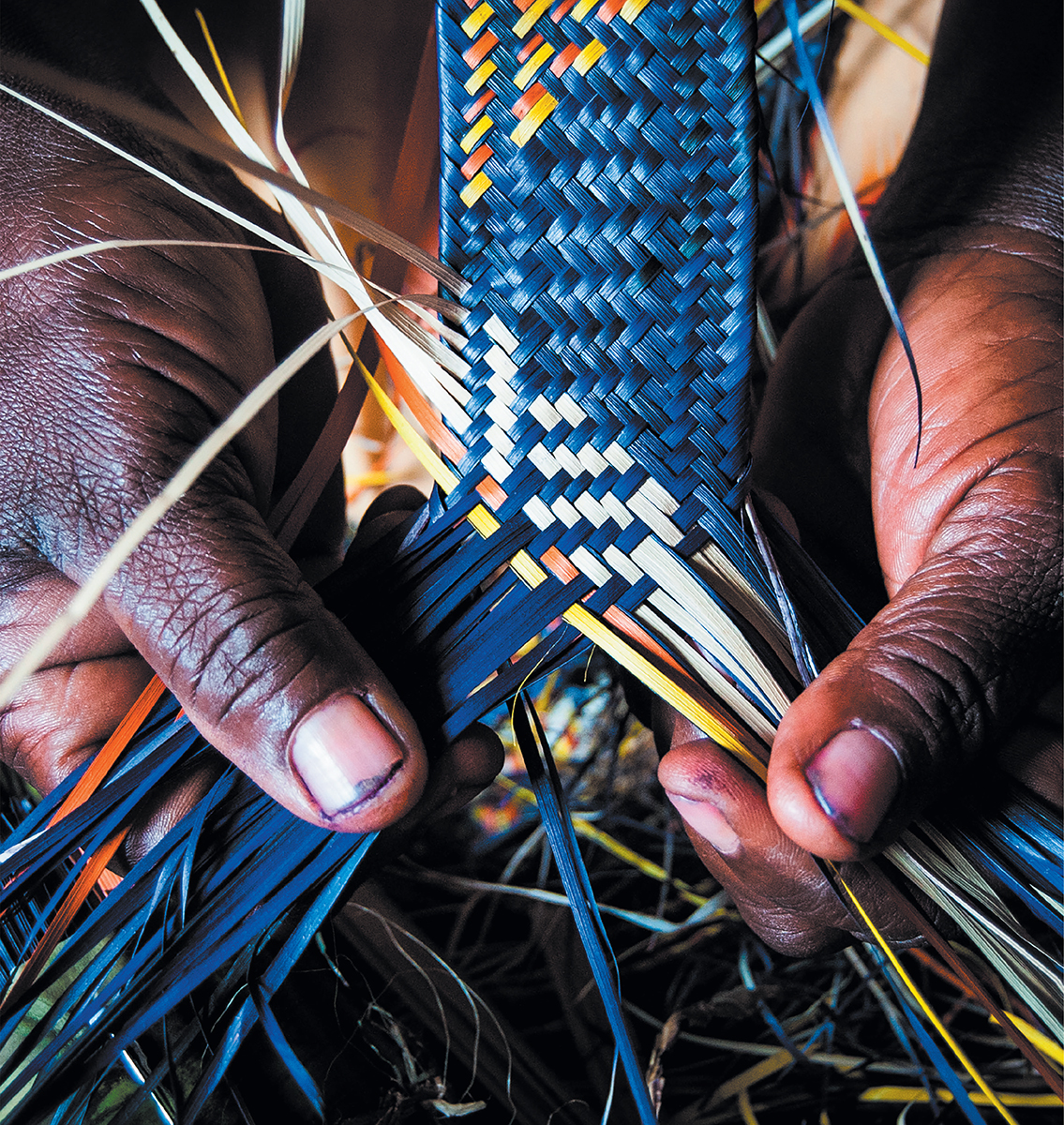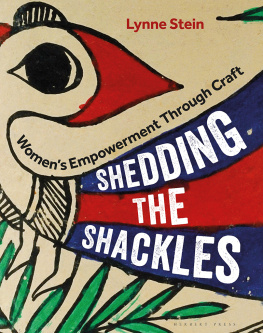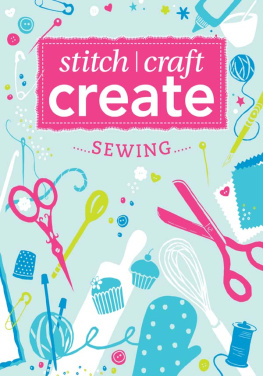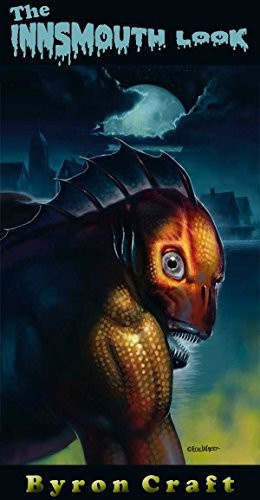HERBERT PRESS
Bloomsbury Publishing Plc
50 Bedford Square, London, WC1B 3DP, UK
29 Earlsfort Terrace, Dublin 2, Ireland
This electronic edition published in 2021 by Bloomsbury Publishing Plc
BLOOMSBURY, HERBERT PRESS and the Herbert Press logo are trademarks of Bloomsbury Publishing Plc
First published in Great Britain in 2021
Copyright Lynne Stein 2021
Lynne Stein has asserted her right under the Copyright, Designs and Patents Act, 1988, to be identified as Author of this work
For legal purposes the constitute an extension of this copyright page
All rights reserved
You may not copy, distribute, transmit, reproduce or otherwise make available this publication (or any part of it) in any form, or by any means (including without limitation electronic, digital, optical, mechanical, photocopying, printing, recording or otherwise), without the prior written permission of the publisher. Any person who does any unauthorised act in relation to this publication may be liable to criminal prosecution and civil claims for damages.
Bloomsbury Publishing Plc does not have any control over, or responsibility for, any third-party websites referred to or in this book. All internet addresses given in this book were correct at the time of going to press. The author and publisher regret any inconvenience caused if addresses have changed or sites have ceased to exist, but can accept no responsibility for any such changes
A catalogue record for this book is available from the British Library
ISBN: 978-1-7899-4015-2 (HB)
ISBN: 978-1-7899-4031-2 (eBook)
ISBN: 978-1-7899-4071-8 (ePDF)
To find out more about our authors and their books please visit www.bloomsbury.com and sign up for our newsletters.

Dedicated to my husband, Robbie Wolfson.

Encadenamiento / Women Chained to Parliament Gates
Chilean arpillera, Anonymous, 1980s
Conflict Textiles collection. Provenance Arpillera collection, Kinderhilfe, Chile/Bonn
Photo Martin Melaugh, Conflict Textiles https://cain.ulster.ac.uk/conflicttextiles/
Michelle Obama:
The difference between a broken community and a thriving one is the presence of women who are valued.
State Department Women of Courage Awards 2009.

CO NTENTS
I am often conscious of the fact that my main motivation for choosing holiday or travel destinations is not especially influenced by the promise of constant sunshine, or by incomparable cuisine, but more often deeply connected to being able to witness local craft practices and cultural traditions. Although frequently regretting not having an additional suitcase to accommodate my magpie habits, I have long delighted in collecting what I consider to be the most aesthetically interesting objects and artefacts, including Yoruba tribal beadwork, Rajasthani textiles, flamboyant Portuguese pottery, Middle-Eastern metalwork, and hand-painted Dutch Folk Art.
Much of the work requires outstanding patience and attention to detail, and a respect for traditions and methods which have been preserved for generations, often within strong feminocentric cultures. With locally available materials, and patterns and motifs commonly informed and influenced by fascinating histories, the makers hands fashion and tell their stories in their chosen medium. Their distinctiveness and hand-made charm, usually accompanied by an intuitive sense of colour and form, frequently make the pieces irresistible!
Virtually on our way to Mexico, the advent of the Coronavirus stopped us in our tracks. I had, of course, intended to visit particular collectives and co-operatives, and enjoy occasionally translated in-depth conversations with so many of their artisans: weavers at their backstrap looms, embroiderers, spinners, potters. Inhaling the vibrant atmosphere, I anticipated being able to examine a whole range of unique textile articles and handcrafted items, and observe them in the very process of their making. The considerable limitations that arose once the pandemic took over, not least of all becoming ill with the virus myself, forced my reliance upon the good will and co-operation of people at a geographical distance, providing me with the stories of their craft. As with other enterprises featured, I hope that I have somehow managed to do justice to a region so steeped in ancient tradition, with such a phenomenal wealth of creativity, and with so many exemplary women.
It has gradually become clear to me that much of the work I collect and enjoy has been made by women, sometimes individually, but very often within female co-operatives and collectives. Particularly whilst I was travelling around the Western Cape in South Africa, I became increasingly interested in the back stories of both the women themselves, and the development, and social and economic impact of their initiatives. This naturally led to my interest in investigating the narratives surrounding the making of craft by other indigenous communities, and in certain individual female artists and craft practitioners, whose work somehow connects with issues of empowerment.
I was reminded halfway through researching and writing this book that its title echoes something of my own story. Having suddenly lost my mother just days before my tenth birthday, and having experienced a lengthy and difficult divorce process in my early forties, creativity has been the constant in my life, sustaining me both emotionally, and, as a single parent, economically too. Creativity is at the very core of being human, and is the trait that is at the heart of imaginative and innovative thinking, and some of civilisations most significant achievements.
Albert Einstein talked about the importance of awakening the joy in creative expression. During my practice as a textile artist over the last 30 years I have continually witnessed in others both the creatively and socially therapeutic power of facilitated creativity. In many of the workshops I have run it is thanks to that creative buzz, involving busy hands and unleashed imaginations, and a process I have come to regard as the mindfulness of making, that intimate and easy conversations amongst women who were not previously acquainted are so readily enabled.
My own practice is somewhat process-driven, with an interest in the behaviour and manipulation of fabric, and its construction and transformation. It often utilises reclaimed and recycled fabrics, threads, objects and artefacts. Much of the work included in this book is partially a reflection of my long-held interest in folk art; and, admittedly, my ability to be constantly seduced by colour, pattern and texture! But in every case the work also exemplifies my interest in the skills and making methods of the artists and artisans, and indeed the stories behind the work.

Fresh interpretations are sometimes inspired by traditional skills which have a lengthy history.
In the first part of the twentieth century, suffering from a legacy inherited from the Victorian era, craft skills, such as weaving, sewing, embroidery, and quilting were regarded largely as womens domestic pastimes, and remained undervalued and marginalised. Still associated with a class of stay-at-home women with leisure time on their hands, it took several decades for attitudes to change, for the boundaries between fine art and craft to blur, and for textile crafts to be given the same respect and recognition as other fine art media. In the past, it would be true to say that womens cultural contributions had been largely sidelined and overlooked. However, today, women have achieved a significantly increased visibility within the field of art, craft, design, and the creative industries generally. The number of museum and gallery directors and curators, and consequently perhaps, the number of exhibitions featuring female artists and craft practitioners, has grown, and become increasingly embraced and accepted by the art world.
















